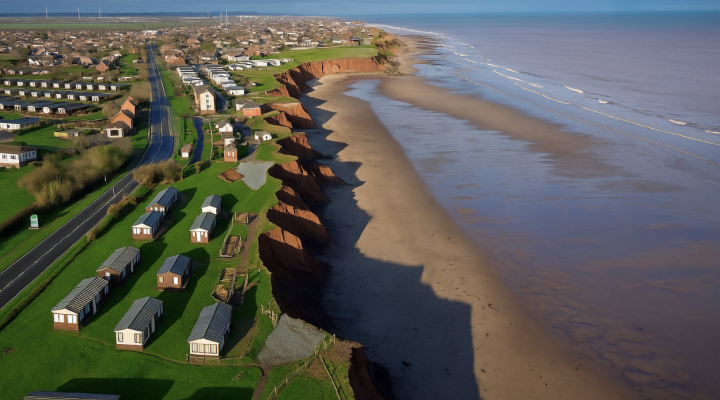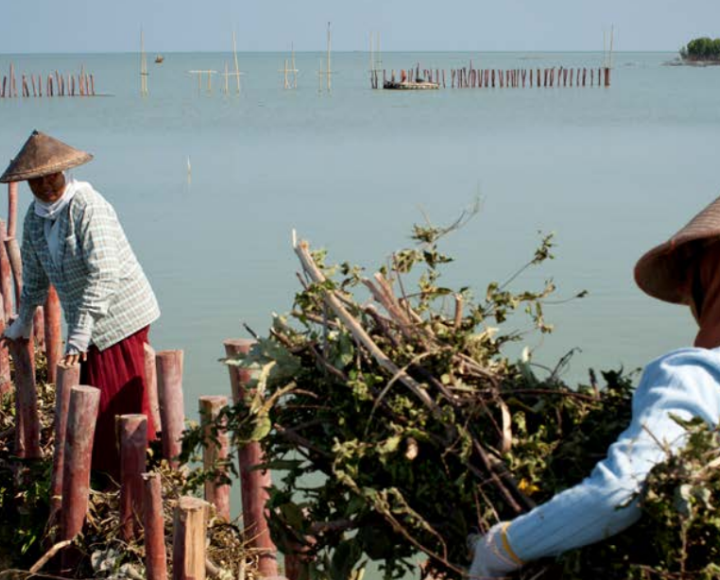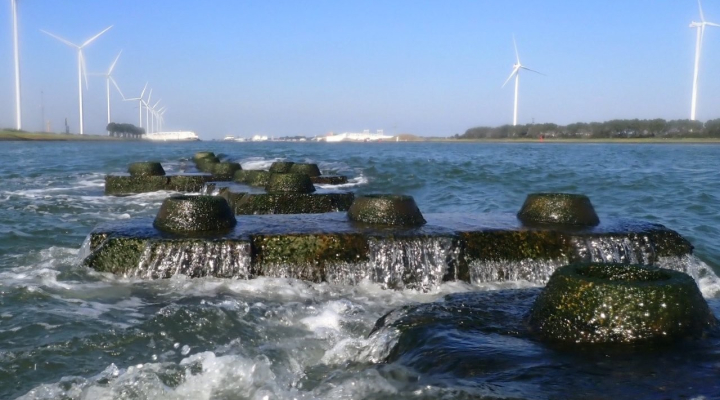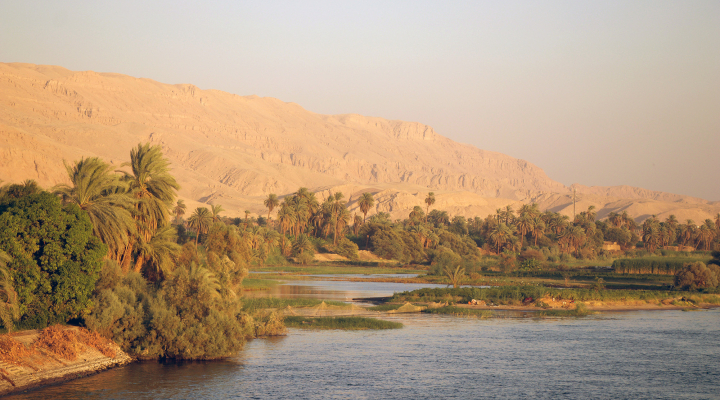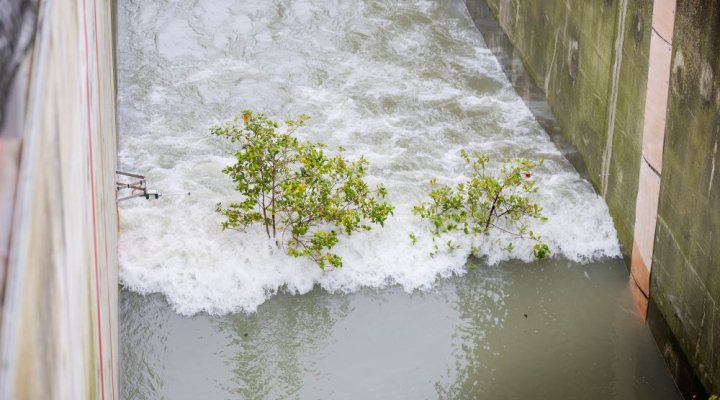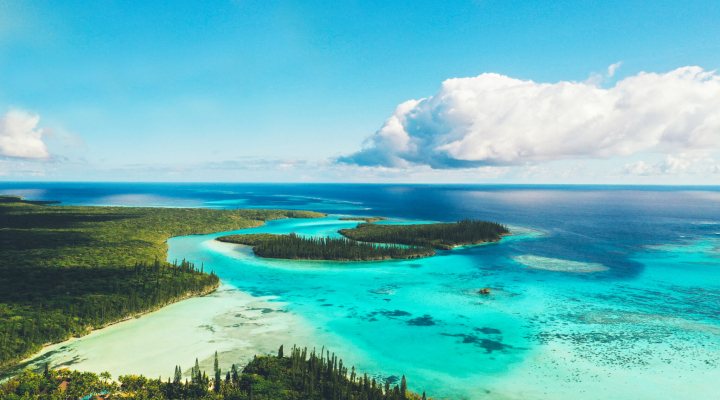As a country with three major rivers flowing through it and with 523 kilometres of coastline, the Netherlands is a frontrunner in coastal and river basin management. As a low-lying delta, the Netherlands has lived with water for centuries. Its geography makes it particularly vulnerable to flooding and sea-level rise.
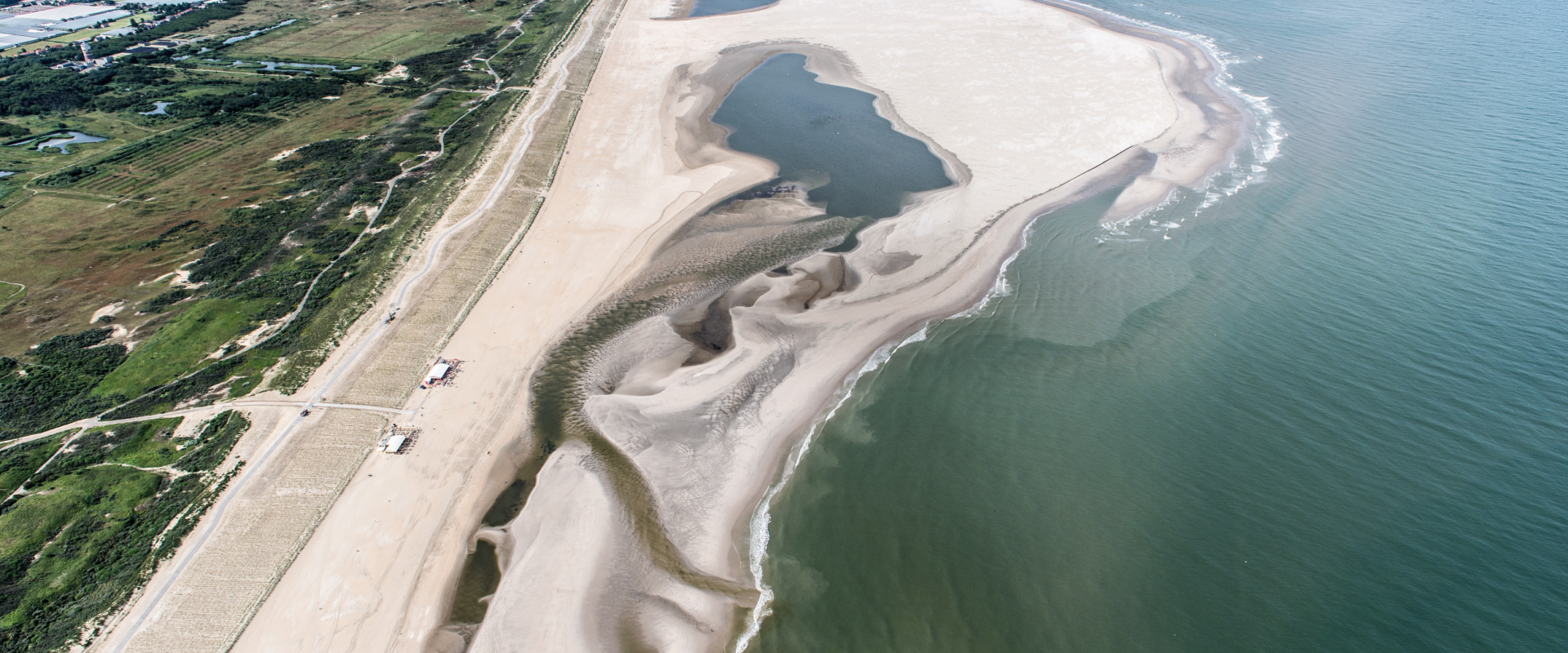
 Integrated Coastal and River Basin Management
Integrated Coastal and River Basin Management
After the Netherlands was struck by severe floods in 1953, it built flood defences like the Maeslantkering. Later, rivers flooding their banks in the 1990s shifted our ideas of water management from a ‘fight against water’ towards ‘building with nature’. Dutch expertise now focuses on ecosystem-based solutions that integrate governance, stakeholder participation, and sustainable water management. Notable examples include the Zandmotor for coastal protection and the Room for the River project.
Inland waterways
The Netherlands also has Europe’s densest inland waterway network, spanning 6,000 kilometres of rivers and canals vital for drainage, navigation, and transport. These waterways are of vital importance, with the Netherlands ranking first in the EU for inland waterway transport. Container traffic to and from the Port of Rotterdam is projected to grow substantially over the next two decades. The management and maintenance of these waterways focus on preserving their functionality and ensuring the safety and efficiency of transport on water.
Ports of the future
Global trade growth, increasing vessel sizes, and the modernisation of port facilities are driving major investments in port infrastructure. Failing to keep pace risks a loss of trade and competitiveness. Yet, port development also affects riverine, coastal, and delta ecosystems, underscoring the need for innovative solutions that balance economic progress with environmental sustainability.
The Netherlands champions its Ports of the Future concept; a holistic, integrated approach designed to optimise the economic, environmental, and social value of ports. Recognising that ports do not operate in isolation, this approach connects them with inland waterways, strengthens hinterland links, engages surrounding cities, and reinforces adjacent coastlines. In doing so, it promotes resilient, sustainable, and future-ready port systems in harmony with nature.
Articles about Integrated Coastal and River Basin Management
Our expertise
 Integrated Coastal and River Basin Management
Integrated Coastal and River Basin Management




